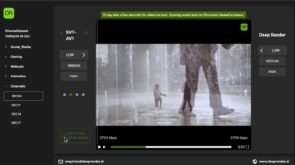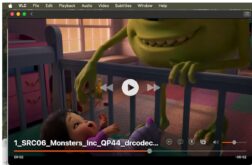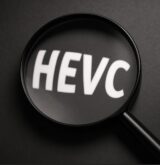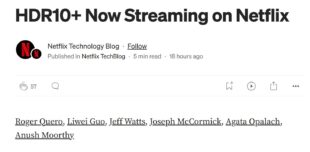At Mile High Video 2025, I sat down with Igor Oreper, Bitmovin’s Chief Strategy Officer, to discuss the company’s latest innovations, including their next-generation web player, advancements in live encoding, and AI-driven contextual advertising. Igor also shared his insights on Bitmovin’s cloud-agnostic strategy and the importance of developer-focused events like Mile High Video.
You can watch the interview on YouTube here, and it’s embedded below. Some of Igor’s comments are edited slightly for readability.
Contents
New Web Player with Structured Concurrency
Igor started by describing Bitmovin’s newly introduced next-generation web player built with structured concurrency programming, a framework designed to manage concurrent threads more efficiently during web playback. Igor explained that this approach improves performance and stability while allowing Bitmovin’s customers to build and manage their own add-ons.
“This started as a hackathon project and developed into a product,” Igor noted. “It’s pretty limited in features, but it is production-ready, and we’ve got folks implementing it.” He emphasized that the new framework makes the player more stable and performs better while also enabling customers to create a marketplace of features that different users can collaborate on.
Igor explained that the goal is to open up the developer community to Bitmovin’s customers, allowing them to innovate beyond the standard feature set. “It allows our customers to build add-ons that they themselves can own and manage,” he said, highlighting the potential for a community-driven ecosystem.
Advancements in Live Encoding
Igor then transitioned to live transcoding, where Bitmovin continues to invest heavily to build on the foundation of its well-known VOD transcoder. Igor explained that while the VOD transcoder focuses on cost efficiency through fewer bits and better compute efficiency, the live encoder is designed to handle the unique challenges of live streaming for distribution.
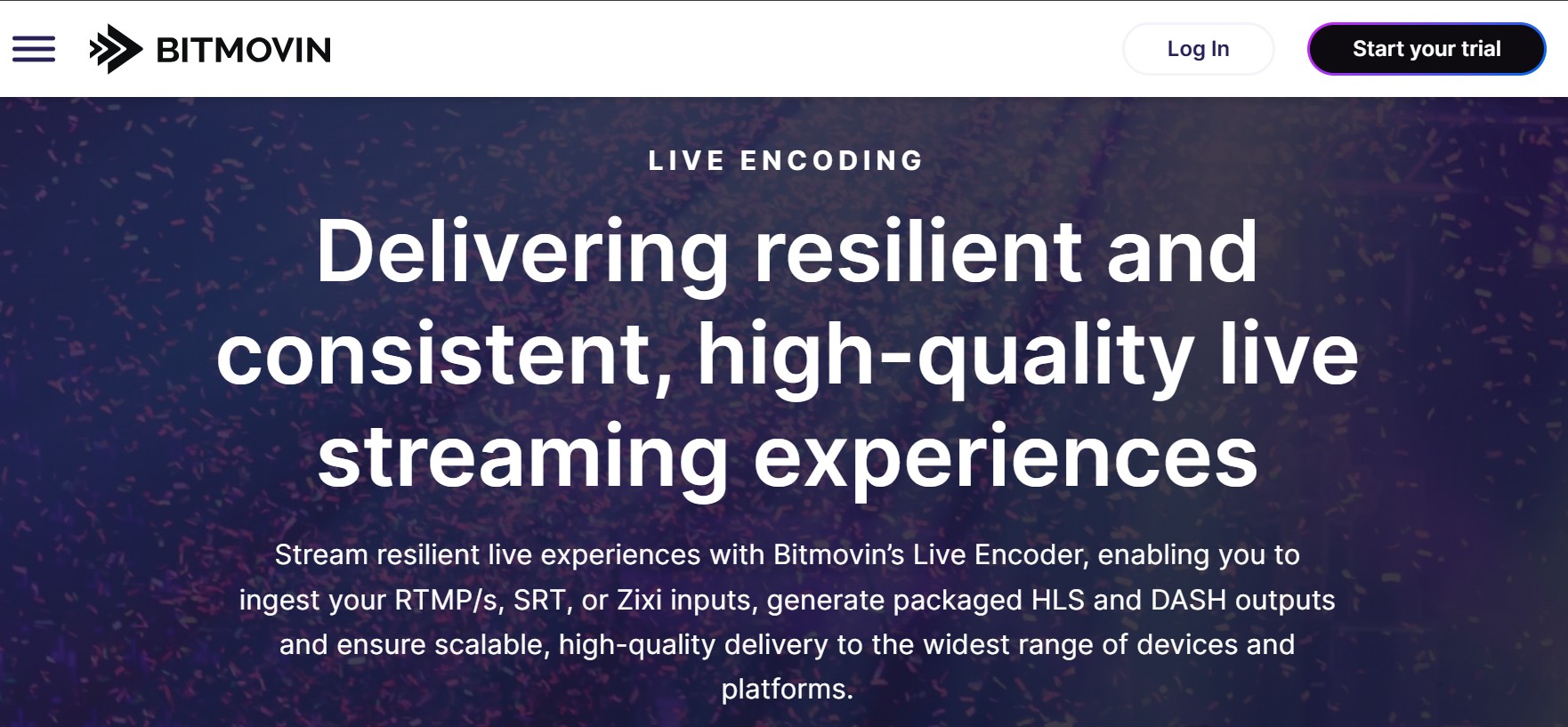
For example, the live encoder supports ad insertion and manifest manipulation to enhance monetization opportunities. “We’ve supported many features for ad insertion,” Igor explained. “Whether it’s client-side, server-side, or server-guided ad insertion, we’ve always aimed to be interoperable with other technologies to support evolving use cases.”
The live encoder also powers two major customers at a massive scale. “One of them is running 7,000 live events daily, with concurrency peaking at 1,000 live events each day,” Igor shared. This customer migrated from Azure Media Services after it was discontinued. He added, “We have another customer in the Middle East running 60 live linear channels that are ad-supported fast channels.” These high-profile use cases demonstrate Bitmovin’s ability to support large-scale live-streaming operations.
Cloud-Agnostic Approach and Hardware Testing
Bitmovin is known for its cloud-agnostic strategy, supporting multiple cloud providers, including AWS, GCP, Azure, Oracle Cloud Infrastructure, and Akamai Connected Cloud. Igor emphasized that this flexibility is crucial for meeting the diverse needs of Bitmovin’s customers.
One of the more exciting developments is Bitmovin’s ongoing testing of ASICs to enhance processing density. “The big value with ASICs,” Igor said, “is density—being able to process more content with less compute.” He explained that this initiative is part of Bitmovin’s broader effort to optimize performance and cost efficiency across various cloud environments.
AI-Driven Contextual Advertising and Live Captioning
Igor next shared that Bitmovin is leveraging AI to innovate in two key areas: contextual advertising and live captioning. Contextual advertising is a relatively new initiative to deliver more relevant ads by analyzing video frames to extract contextual metadata. “The encoder can run an analysis process to understand what is in the video frames,” Igor explained. This metadata is then communicated to the player, allowing developers to implement logic determining the most appropriate ads to display.
Igor emphasized the flexibility of this system: “You can signal hints to the ad service to get specific types of ads or exclude others, depending on the content.” This advanced targeting capability enhances Bitmovin’s existing ad insertion features by enabling a more personalized viewing experience.
Bitmovin also supports live captioning, which Igor described as a crucial automation feature for high-scale live events. “When you’re doing 7,000 live events daily, you have to take advantage of automation,” he said, noting that live captioning helps broadcasters efficiently manage large-scale live streaming workflows.
Bitmovin’s Role in Ad Insertion
Bitmovin has long supported ad insertion through client-side and server-side methods, and the new contextual advertising capabilities build on this foundation. “We’ve always supported features for ad insertion because our tools have to be interoperable with other technologies,” Igor said. He explained that contextual advertising takes this to the next level by leveraging metadata to deliver more targeted ads.
Igor noted that Bitmovin is slightly ahead of the market in contextual advertising but expects rapid growth as more companies explore this technology. “This is like the next evolution,” he observed. “We need to ensure our toolset is interoperable with these third-party ad technologies and that we’re innovating to meet market demand.”
Importance of Mile High Video
Igor emphasized the significance of Mile High Video as a highly technical, developer-focused conference. “I look at Mile High Video as one of two big developer conferences,” he said, referring to Mile High Video and Demuxed as key events for video technology professionals.
He highlighted the unique value of Mile High Video’s location, noting, “It brings together the video tech community from Denver and beyond.” He also appreciated the event’s focus on deep technical discussions rather than marketing pitches, differentiating it from larger trade shows like NAB or IBC.
“Mile High VIdeo is big enough that a lot of people attend but small enough that it’s not NAB or IBC, where everyone is running around frantically,” Igor explained. This setting allows for more meaningful conversations and networking opportunities, making it a must-attend event for video engineers and developers.
 Streaming Learning Center Where Streaming Professionals Learn to Excel
Streaming Learning Center Where Streaming Professionals Learn to Excel


